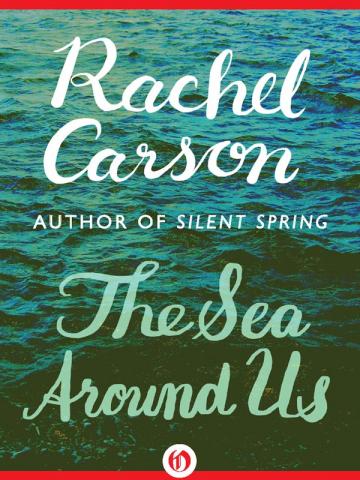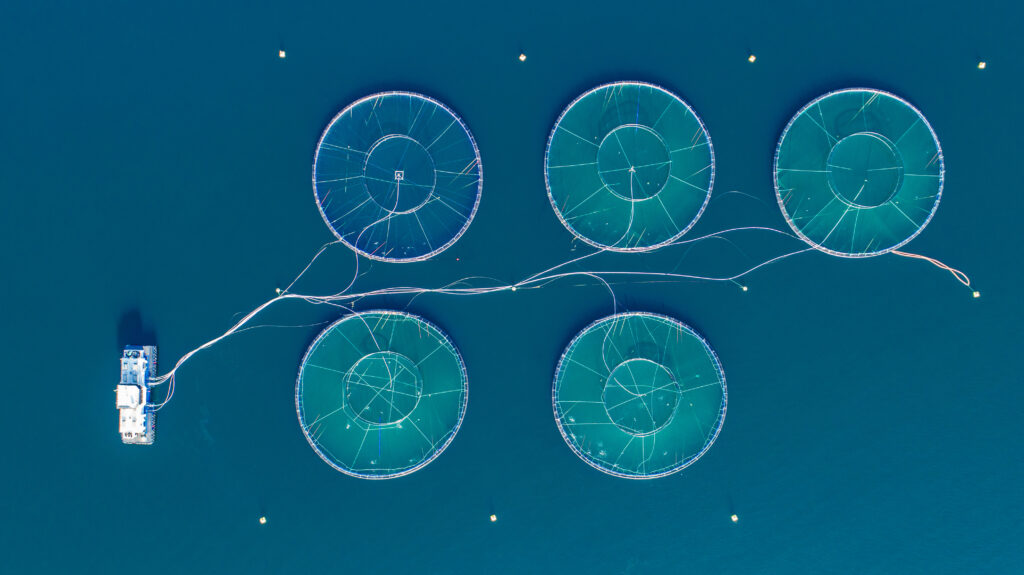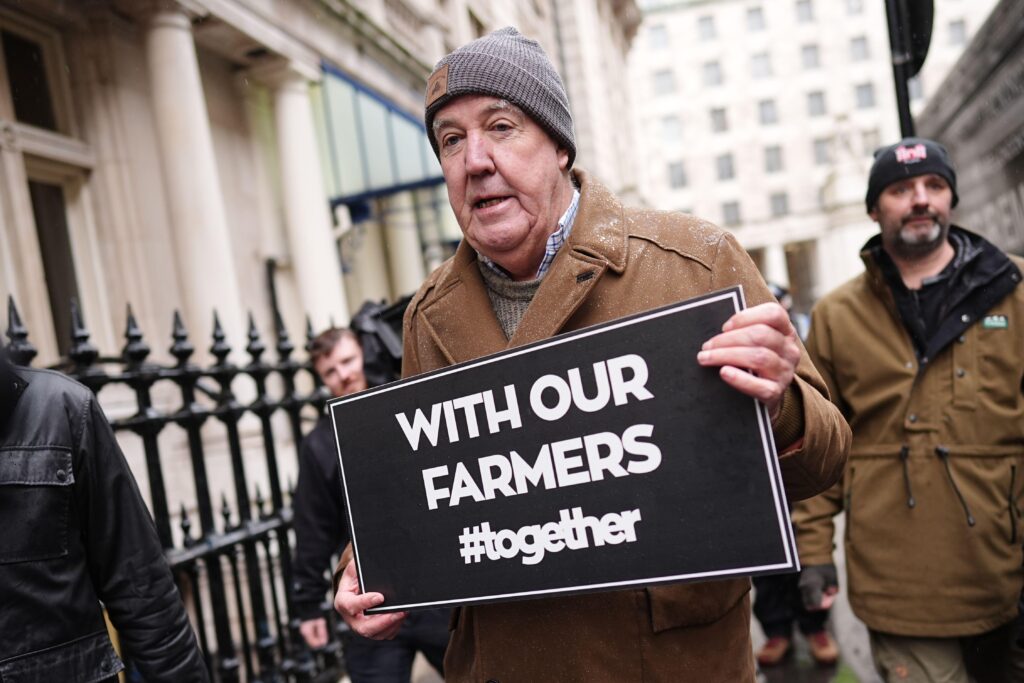Ed. note: Happy Earth Day everyone! Here is a reflection on Rachel Carson’s legacy from DeSmog contributor Joanna Zelman:
When I was first assigned to read a segment from Rachel Carson’s “Silent Spring” in a college class, I skipped the homework assignment. But the next day, the other students were engaged in such a heated debate over the piece, that I went home and read it the following evening (instead of doing my next homework assignment.) I’d never seen one piece of writing spark such animated discussion in a class that met after lunch.
Rachel Carson’s work has done more for me than boost my scientific knowledge. She has taught me the rather simple, quite powerful fact that if I act irresponsibly, my actions will come back to harm me. If I embrace practices that contribute to global warming – drive a gas-guzzling car, eat beef, or leave all of my electronics plugged in, then I, my children, my grandchildren, and also my great-great-great-great-grandchildren will pay the price for my actions.
For those who do not know about Rachel Carson, she was a writer and scientist credited for helping to inspire the modern environmental movement. Her book “Silent Spring” challenged the practices of agricultural companies and the government, questioning the effects of pesticides on the environment and human health. The book was controversial and it was a game-changer. Seventy years after Carson published her first book, Open Road Media is releasing Rachel Carson’s “Under the Sea Wind,” “The Sea Around Us,” and “A Sense of Wonder” as ebooks in time for Earth Day 2011.
In the same class where I learned about Carson’s work, we read a piece by Jared Diamond, called “Easter Island’s End.” There is much speculation about the history of Easter Island, but this haunting version carries a message similar to Carson’s, revealing humans’ impact on the environment. Here’s his (very abridged) version of the history, retold in my words, which probably do not totally match his: Once upon a time, in a land far far away (unless you live near Chile) there was an island. On this island lived many people with a complex civilization. The island was lush with a specific type of palm tree. This tree was a source of food, and its trunk was used to build boats so that the islanders could go deep sea fishing. This tree was also used to transport and erect ENORMOUS statues (we’re talking 65-foot tall, 270 tons of enormousness.) These statues were a significant part of the local culture. But here’s the thing – there wasn’t an unlimited number of these trees. And so although the islanders could not survive without food and resources provided by the trees, they kept chopping them down, succumbing to deforestation for this cultural phenomenon of building statues. Ultimately, the final tree was cut down, and as the statues loomed proudly over the island, the population was decimated. An island paradise gone very wrong.
What’s the significance of this? These islanders were willing to risk death before giving up an item their culture embraced. See any parallels?
As Jared Diamond says in his article:
With passing years, the statues and platforms became larger and larger, and the statues began sporting ten-ton red crowns-probably in an escalating spiral of one-upmanship, as rival clans tried to surpass each other with shows of wealth and power. (In the same way, successive Egyptian pharaohs built ever-larger pyramids. Today Hollywood movie moguls near my home in Los Angeles are displaying their wealth and power by building ever more ostentatious mansions. Tycoon Marvin Davis topped previous moguls with plans for a 50,000-square-foot house, so now Aaron Spelling has topped Davis with a 56,000-square-foot house. All that those buildings lack to make the message explicit are ten-ton red crowns.)
We’d rather keep buying our McMansions, our cool cars, and our Big Macs instead of protecting ourselves from global warming.
Rachel Carson raised the warning flag early in the game. As she writes in her 1951 book, “The Sea Around Us”:
…the evidence that the top of the world is growing warmer is to be found on every hand. The recession of the northern glaciers is going on at such a rate that many smaller ones have already disappeared. If the present rate of melting continues others will soon follow them.
On this path, we’ll keep fracking for unconventional gas even as it threatens our drinking water and climate, we’ll keep drilling for oil despite the tar balls and oil slicks in the Gulf of Mexico, and we’ll keep running coal-fired power plants even as studies reveal particle pollution kills 13,000 people per year.
Rachel Carson recognized that human actions impact our environment, which in turn impacts our health and well-being. She connected the dots for us, decades ago. The question is – when will we start paying attention to the connection?
Image Courtesy of Open Road Media.
Subscribe to our newsletter
Stay up to date with DeSmog news and alerts







